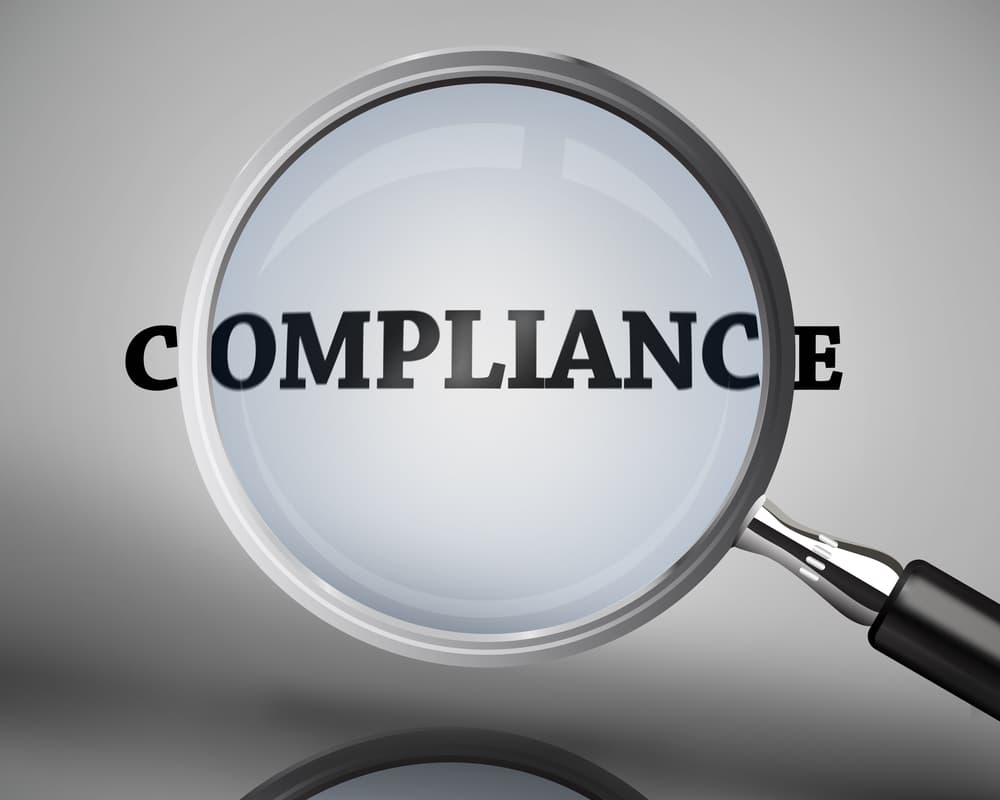Employee engagement, which surged in the early months of the COVID-19 pandemic, is being put to the test as employers look to stem the tide of the “Great Resignation” while battling a tight labor market and worldwide supply chain bottlenecks.
“As the world stumbles toward a COVID-19 recovery, experts warn of a surge of voluntary employee departures, dubbed the “Great Resignation.” For instance, one study estimates that 55 percent of people in the workforce in August 2021 intend to look for a new job in the next 12 months,” reports the Harvard Business Review. “To counteract the incoming wave of employee turnover, organizations — more than ever — need to focus on cultivating employee engagement.”
The “Great Resignation” is compounded by the historically challenging labor market and supply chain issues.
“Today, with a record-high increase in job openings and a tight labor market, many organizations are facing a critical challenge as they struggle to hire new employees and retain current ones,” wrote Charles Cornwell, vice president and general manager of employee engagement firm SMG.
While one of the pillars of today’s supply chain problems is a shortage of workers from transportation to manufacturing, the resulting hit-and-miss supply chain can also throw a wrench in the day-to-day productivity of small and medium-sized businesses from coast-to-coast.
And productivity is not only essential to running a business efficiently, but it is also key to retaining employees, especially younger talent.
“[A] recent study by Deloitte showed that frustration with operations and an inability to be more productive as a result of issues not of their own making can cause younger employees (specifically Millennials and Gen X) to become disengaged and look around for new opportunities,” said the BountiXP employee engagement platform team.
Pandemic Improved Employee Engagement in 2020
One of the most surprising aspects of the COVID-19 pandemic is that in the first months of crisis, employee engagement rose to an all-time high.
“The dark tunnel millions of businesses were plunged into by COVID meant they needed to shine a light on the very people who make or break a company – its workforce. If employee engagement was improving before the pandemic, COVID-19 helped accelerate it even further at an incredible rate,” wrote business consultant Neil Debenham. “Lockdowns, home working and job uncertainty meant companies had to think beyond the levels of employee engagement they had previously. Innovation in the space was stepped up, even beyond the Zoom check-ins and quizzes which were a feature of the early lockdown.”
The Society for Human Resource Management (SHRM) reports that employee engagement, which had been static for the previous 20 years, plummeted in the early days of the pandemic only to reach an all-time high in July 2020 with 40 percent of full and part-time U.S. workers polled by Gallup saying they felt engaged at their work.
“Why? Some say the primary reason is employees who were disengaged got laid off en masse, but others believe the increase is the result of improved communication between employees and their leaders,” wrote Kathryn Tyler for SHRM.
That level of employee engagement has been tough to maintain as the pandemic stretches towards its 2-year mark.
“A year and a half into the pandemic, employees’ mental “surge capacity” is likely diminished. Managers must take proactive steps to increase employee engagement, or risk losing their workforce,” says the Harvard Business Review.
Supply Chain Issues Idle Some Workers
For some industries, supply chain woes have idled entire assembly plants like the auto industry which has not been able to meet demand because of computer chip shortages.
In September, for example, the Detroit Free Press reported that “General Motors will idle nearly all its assembly plants in North America starting Monday as the COVID-19 pandemic affects production of semiconductor chips overseas.”
GM announced that:
- Fort Wayne and Silao Assembly plants would take a week of downtime
- Wentzville Assembly in Missouri would take downtime for two weeks
- CAMI Assembly (Canada) and San Luis Potosi Assembly (Mexico) would take two additional weeks of downtime through the week of Sept. 27. Production of the Chevrolet Equinox midsize SUV, which GM makes at both facilities, had been down since Aug. 16
- Lansing Delta Township Assembly would add two weeks of downtime starting Monday
- Spring Hill Assembly in Tennessee would add two weeks of downtime
- Ramos Assembly in Mexico would add two additional weeks of downtime for Chevrolet Blazer midsize SUV production through the week of Sept. 13. In addition, Equinox production, down since Aug. 16, would not start up again until Oct. 4
While the auto industry woes are extreme, small and medium size businesses have faced productivity issues as supply shortages sprawl across all categories from construction to food service.
Keeping Employees Engaged During a Crisis
In a sense, production shutting down or employees facing unexpected work stoppages because of supply shortages falls under the umbrella of a crisis.
The danger is that employees, already contemplating joining the “Great Resignation” could be tempted to leave during the unpredictability brought on by supply chain issues.
McKinsey & Co. found that to “attract and retain talent, retailers need to develop a comprehensive strategy in the workplace, starting with understanding their people’s needs and demands—the real drive behind attrition.”
Top three factors cited by employees as reasons for quitting were:
- 54 percent said they did not feel valued by their organization
- 52 percent said they did not feel valued by their managers
- 51 percent said that they did not feel a sense of belonging at work
That employees still get paid during fallow periods brought on by supply shortages misses the broader point of what many employees are seeking from work in 2021.
“If the past 18 months have taught us anything, it’s that employees crave investment in the human aspects of work. Employees are tired, and many are grieving. They want a renewed and revised sense of purpose in their work. They want social and interpersonal connections with their colleagues and managers. They want to feel a sense of shared identity,” said McKinsey & Co. “Yes, they want pay, benefits, and perks, but more than that they want to feel valued by their organizations and managers. They want meaningful—though not necessarily in-person—interactions, not just transactions.”
Employee engagement is important as full staffing and high spirits will be needed when supplies arrive, and a surge of work is required.
After all, as Harvard Business Review points out that engaged employees:
- Perform better
- Experience less burnout
- Stay in organizations longer
“According to the American Management Association, engagement levels can be improved, even throughout the tough periods, if companies take care and make the right decisions at the right time. According to the study, higher engagement levels are linked to improved productivity and a healthier bottom line,” writes Nisha Chanana in an academic paper.
Employee Engagement Checklists
The Harvard Business Review recruited a sample of 395 U.S. professionals and measured engagement drivers and found any checklist for employee engagement should focus on:
- Connect what employees do to what they care about: Consider the following three actions – revise your organization’s mission statement to connect with employee values; show how an employee’s work is related to the organization’s purpose; and encourage and fund employee resource groups (ERGs) that represent diverse interests and goals.
- Make the work itself less stressful and more enjoyable: Consider the following three actions — offer employees the flexibility to try new work tasks so they can discover their intrinsic interests; grant employees more autonomy; and boost employees’ sense of confidence.
- Create time affluence: Consider the following three actions — reward employees with time in addition to money; encourage employees to invest in time-saving purchases; and implement tools that discourage after-hours emails.
At Employer Flexible, we also find it helpful to have a checklist of activities and workflows that can be accomplished during productivity slowdowns such as:
- Utilize the time for company-wide volunteering and community events that align with your company mission
- Hold strategic meetings, brainstorming sessions, and spend time on long-term planning
- Tackle those “to-do” lists that have been pushed to the side, from cleaning out storerooms, doing inventory, adding new equipment, or making needed in-house repairs
- Hold team building exercises and retreats to make the company culture stronger
- Individual employee and team performance reviews can be conducted without time constraints
- Encourage employees to utilize paid time; or flex time off so they return to work energized.
Above all else, keep your employees in the loop on the status of your supply issues and how it affects your company. Thoughtful and timely communication will make your employees feel like they are valued members of your organization.
Contact Employer Flexible today to find out how we can help your business during these trying times with HR solutions and more.






